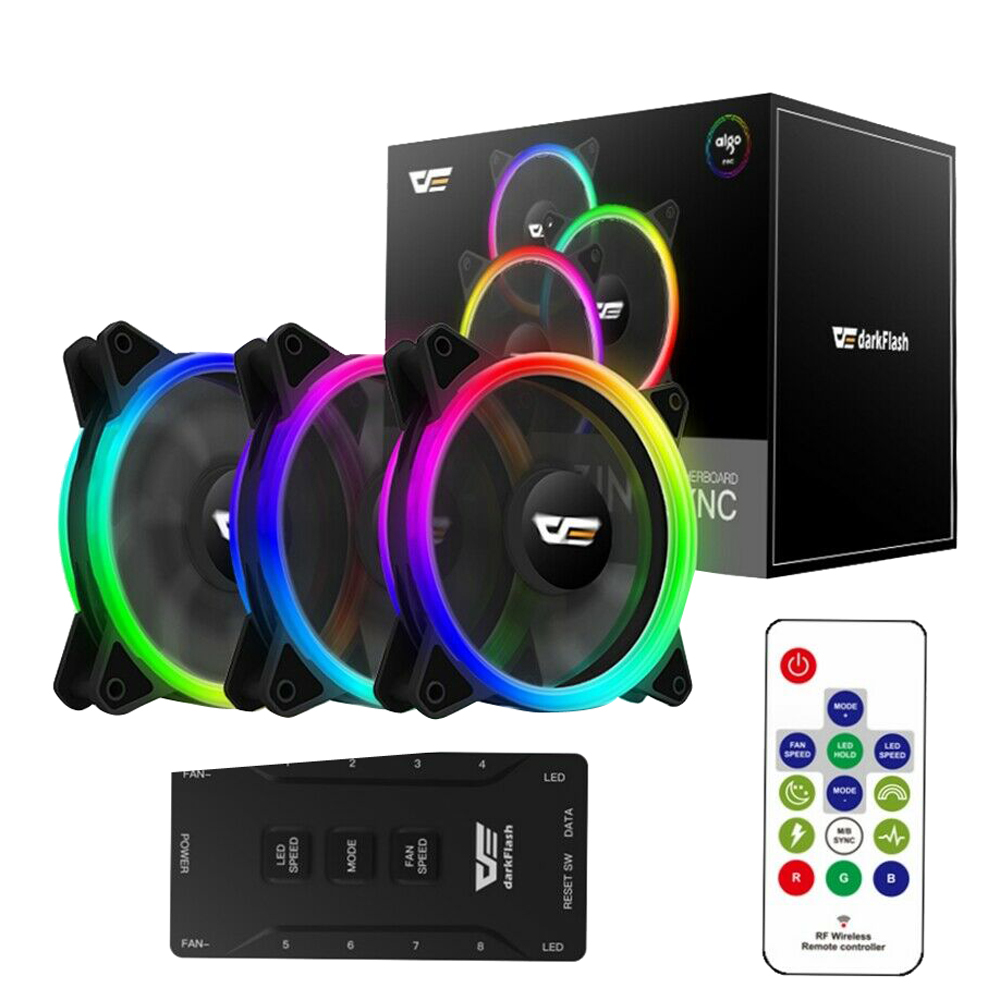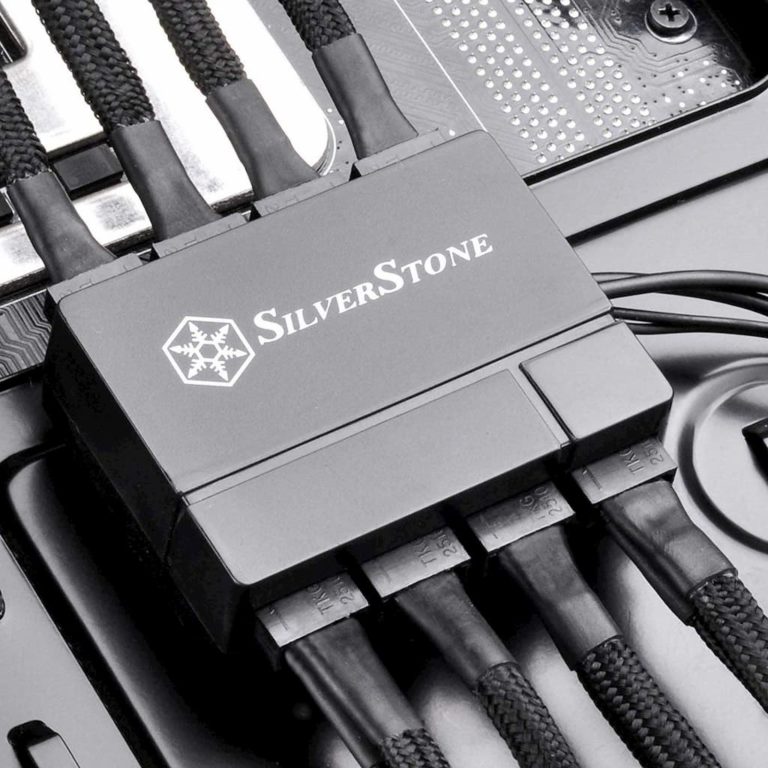

The LCD display screen provides you all the information related to fan speed, temperatures, and more. Most of the modern-day LCD Display based advanced fan controllers come with temperature sensors and their speed can be adjusted automatically too, depending on the temperature settings you have made. Some fan controllers have sliders, some have rotating knobs and some of the modern ones have touch-screen displays for setting up fan speed and configuring other parameters. This is where the fan controller shines as you can change the speed of each and every fan and set them to your desired level of RPM.Ī fan controller fits in the 5.25-inch drive bay of your case and it has controls over it for changing the fan speed manually. Some fan hubs do have PWM functionality which can alter fan speed according to the motherboard but it should be noted that all connected fans will spin at the same speed only and you cannot control their speed individually. Both Fan Hub and Fan Controllers come with multiple 3-pin or 4-pin connectors for adding more fans to them. Also, these Fan Controllers also allow automatic speed adjustment based on the temperature. A fan speed controller gives you total control over your case fans and you can lower the fan speed in winters and make the PC silent in operation, and set the speed higher or maximum during summers for proper cooling of your components.

So, if you want to install more case fans in your PC case then you have to need a Fan Hub and if you want more fans plus you want to control their speeds too then you need a Fan Controller for it.Ī fan hub will allow you to connect more fans using a single power connector (generally a 4-pin Molex or SATA connector) whereas a Fan Speed Controller allows you to add more fans and you can change the speed of each fan individually. Budget and most of the mid-range motherboards usually have a limited number of 3-pin case fan connectors and 4-pin PWM connectors on them.


 0 kommentar(er)
0 kommentar(er)
